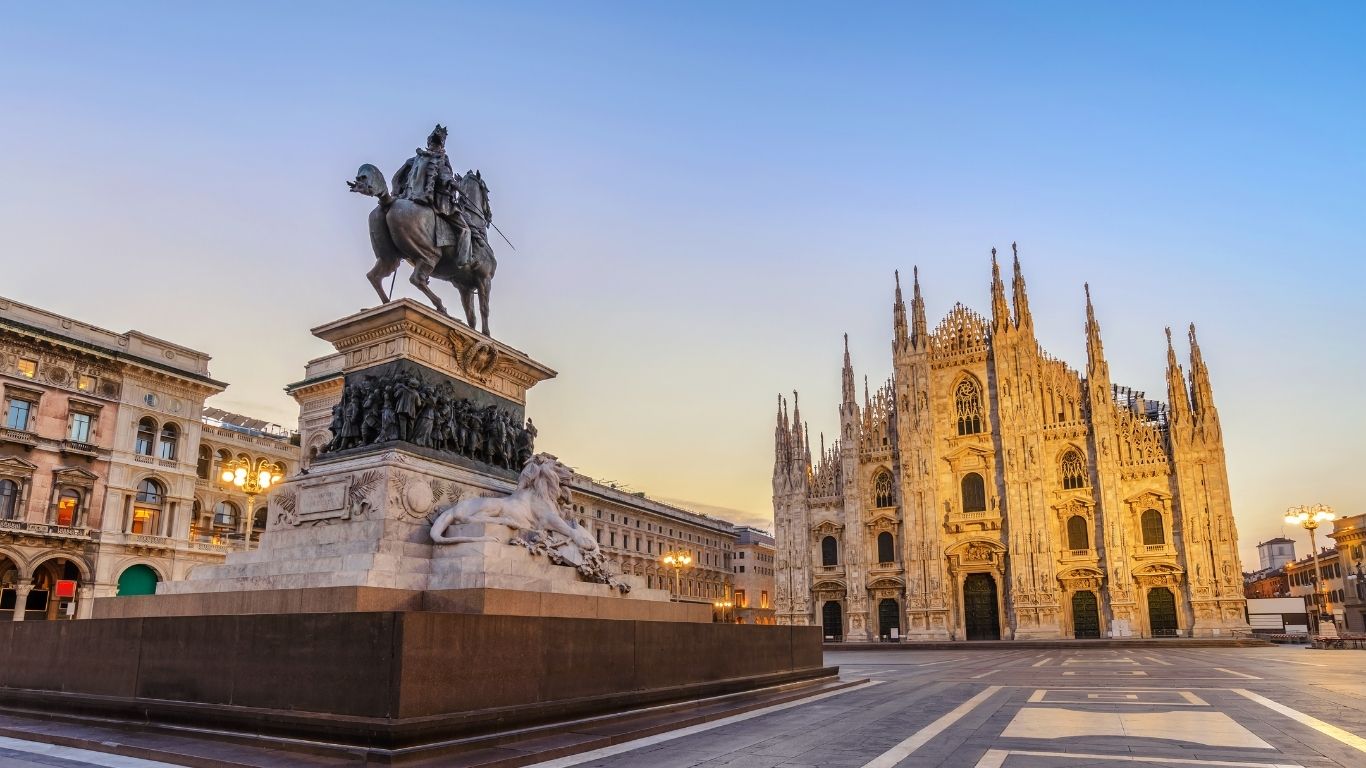
Where to Take the Best Photos in Milan? Our 10 Must-See Spots
Our 10 Must-See Spots for Picture-Perfect Memories
Milan, the largest city in Italy by total area and the second most populous city proper in Italy after Rome, is a metropolis in northern Italy that serves as the regional capital of Lombardy. Known as one of the world's fashion and design capitals, it is a cosmopolitan city with a European flair that is home to trailblazers and trendsetters. It has a ton of beautiful locations! Although it is difficult to pick just ten, we have compiled a list of our top ten locations for stunning photos while you're there.
We're sharing our top picks for breathtaking photo spots in Milan in this guide. In order to avoid crowds and capture the ideal light, we also advise you on the best time and method to visit each location.
Let's take a tour of the city's most picturesque locations, ideal for making memories along the way.
1. Duomo di Milano (Milan Cathedral)
Duomo di Milano is one of the biggest churches in the world and the largest in the Italian Republic; the larger St. Peter's Basilica is located in the sovereign territory of Vatican City. Dedicated to the Nativity of St. Mary, Milan Cathedral serves as the residence of the Archbishop of Milan, who is now Archbishop Mario Delpini. From the start of construction in 1386 until the completion of the last details in 1965, the cathedral took almost six centuries to complete.
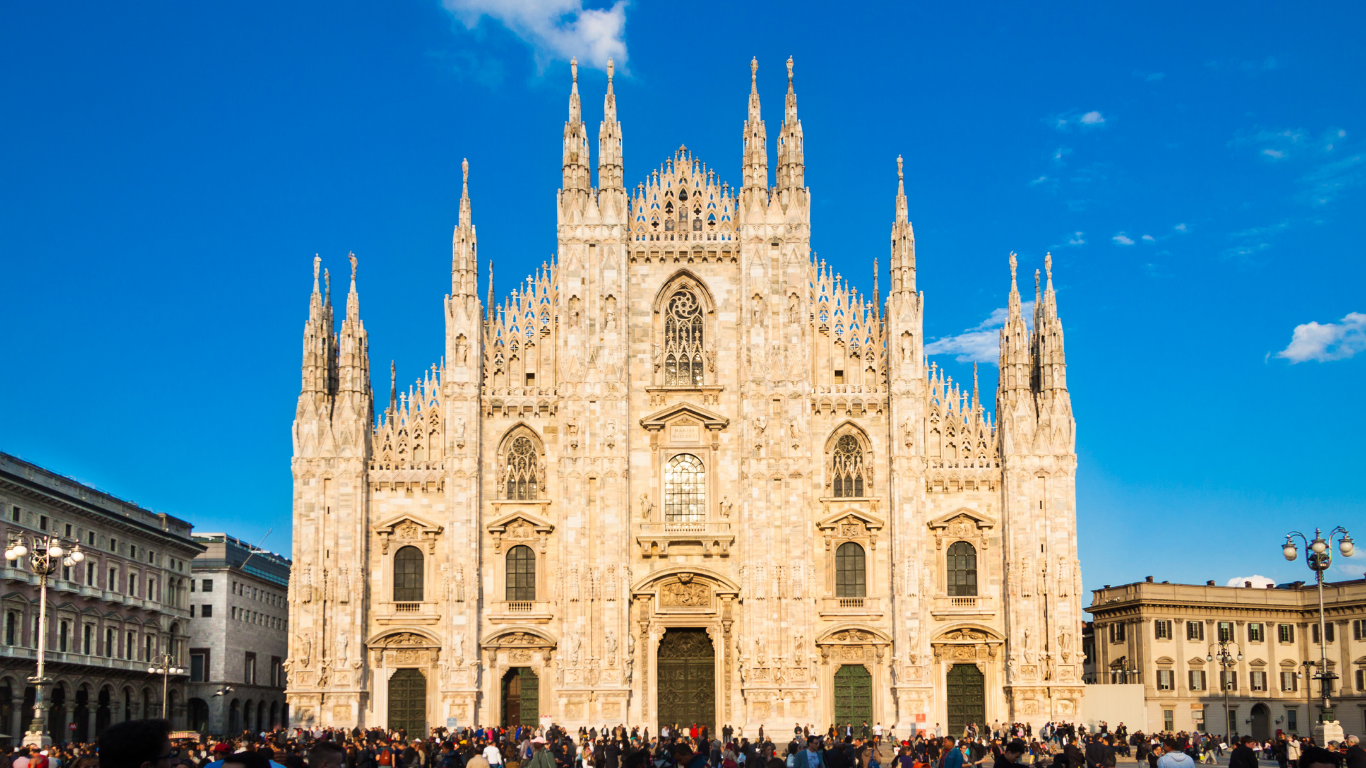
- Why is it exotic? 🤔
One of the largest Gothic cathedrals in the world, with thousands of statues and spires. - Best time to visit 📅
Early morning to avoid the crowds and get soft light on the marble. - Photography tip 📷
Climb to the rooftop for panoramic city shots and detailed close-ups of the architecture.
2. Galleria Vittorio Emanuele II
The Galleria Vittorio Emanuele II is a prominent landmark in Milan and the oldest operational shopping arcade in Italy. Named for Victor Emmanuel II, the first king of the Kingdom of Italy, the Galleria is a four-story double arcade located in the town center. Architect Giuseppe Mengoni created the design in 1861 and constructed it between 1865 and 1877. The Duomo and the Teatro Alla Scala, two of Milan's most well-known buildings, are connected by the Galleria, which is also a landmark in and of itself.
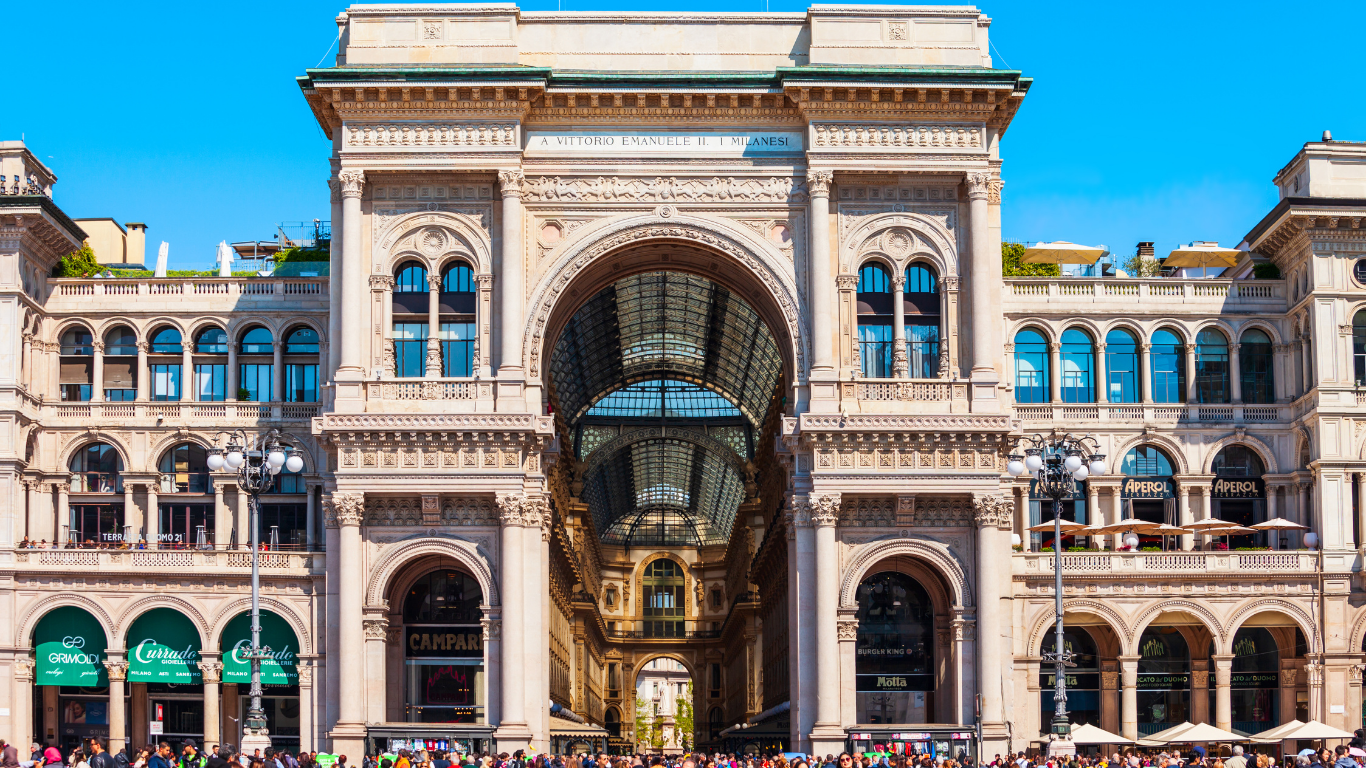
- Why is it exotic? 🤔
Elegant 19th-century shopping gallery with glass ceilings and mosaic floors. - Best time to visit 📅
Late morning or evening, when it's less crowded. - Photography tip 📷
Shoot upward for a symmetrical dome shot, or capture reflections in the shop windows.
3. Sforza Castle (Castello Sforzesco)
Francesco Sforza, Duke of Milan, constructed the Sforza Castle, a medieval stronghold in Milan, in the fifteenth century on the remains of a fortification from the fourteenth century. It is a massive red-brick stronghold with courtyards, turrets, and a serene park setting. It was one of the biggest citadels in Europe in the 16th and 17th centuries after being expanded and restored. Luca Beltrami extensively restored it between 1891 and 1905, and it now houses a number of the city's museums and art collections.
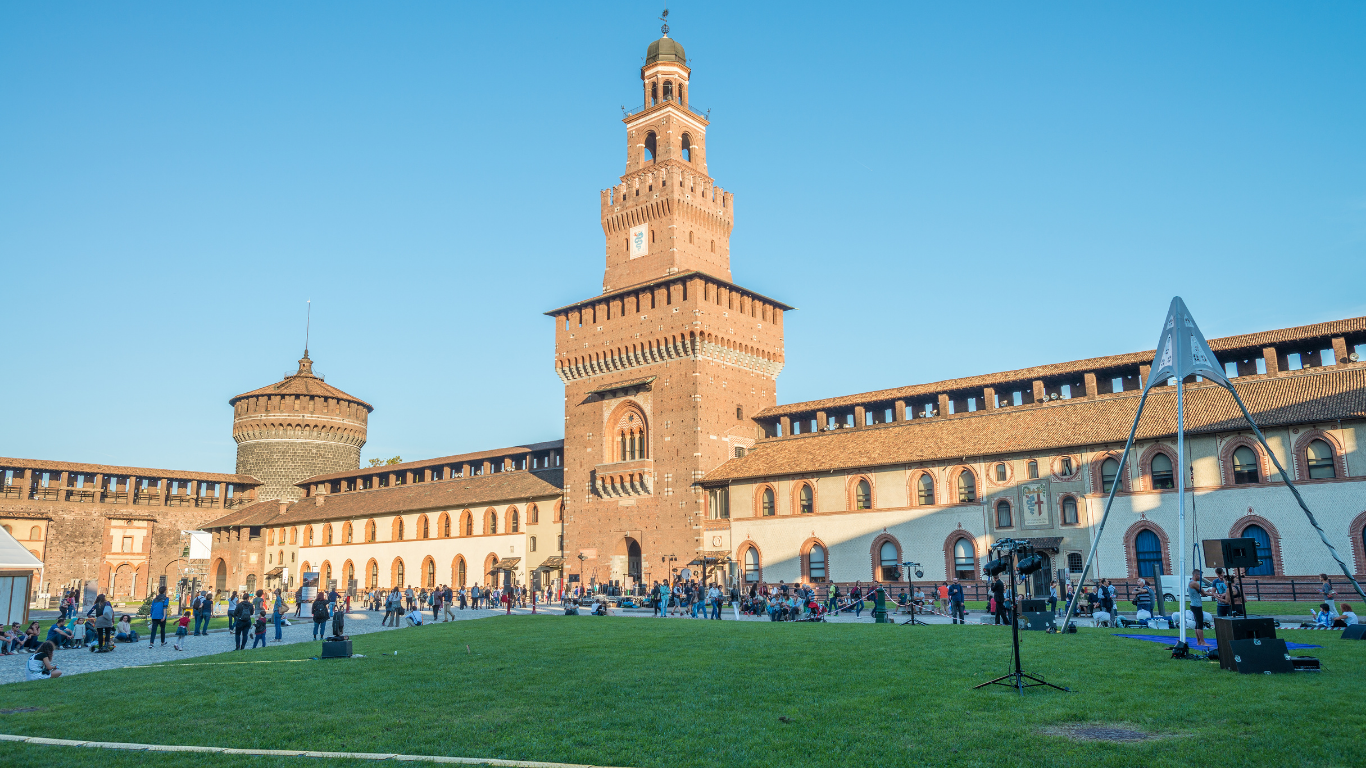
- Why is it exotic? 🤔
A massive fortress with towers, courtyards, and art museums. - Best time to visit 📅
Golden hour for dramatic shadows on the brick walls. - Photography tip 📷
Frame the main tower through the archway for a strong leading line.
4. Santa Maria delle Grazie
A UNESCO World Heritage Site, Santa Maria delle Grazie is a cathedral and Dominican monastery located in Milan. Leonardo da Vinci's fresco of The Last Supper is located in the refectory of the convent. The Last Supper is the most well-known wall painting in the world, which makes it well worth the visit and supports the inscription. However, even if the castle and a few other Milanese churches (such as the Duomo, St. Ambrogio, St. Lawrence the Major, and St.)
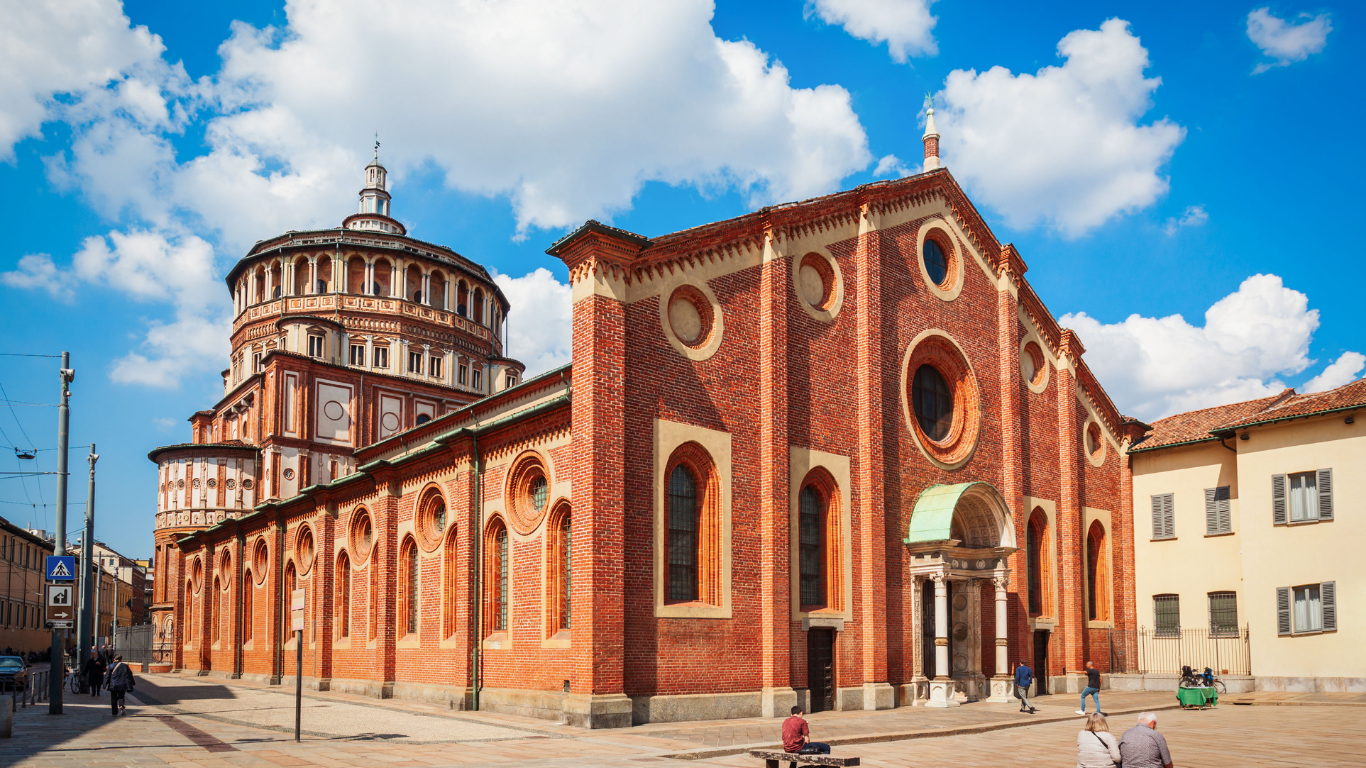
- Why is it exotic? 🤔
Houses Da Vinci’s “The Last Supper” and has a peaceful Renaissance vibe. - Best time to visit 📅
Midday for the best lighting on the church’s exterior. - Photography tip 📷
Take side shots of the church to highlight its details and red-brick textures.
5. Brera District
The district of Brera is situated in Zone 1 and is centered on Via Brera. The word brera was borrowed from Old Lombardic brayda to refer to a piece of land that was either naturally devoid of trees or cleared of them in Medieval Italian. This is due to the fact that the Brera neighborhood was maintained clean for military purposes and was located just outside Milan's city walls around the year 900. Restaurants, pubs, nightclubs, antique and art stores, vibrant street markets, and fortune-telling booths are additional elements that add to Brera's flavor.
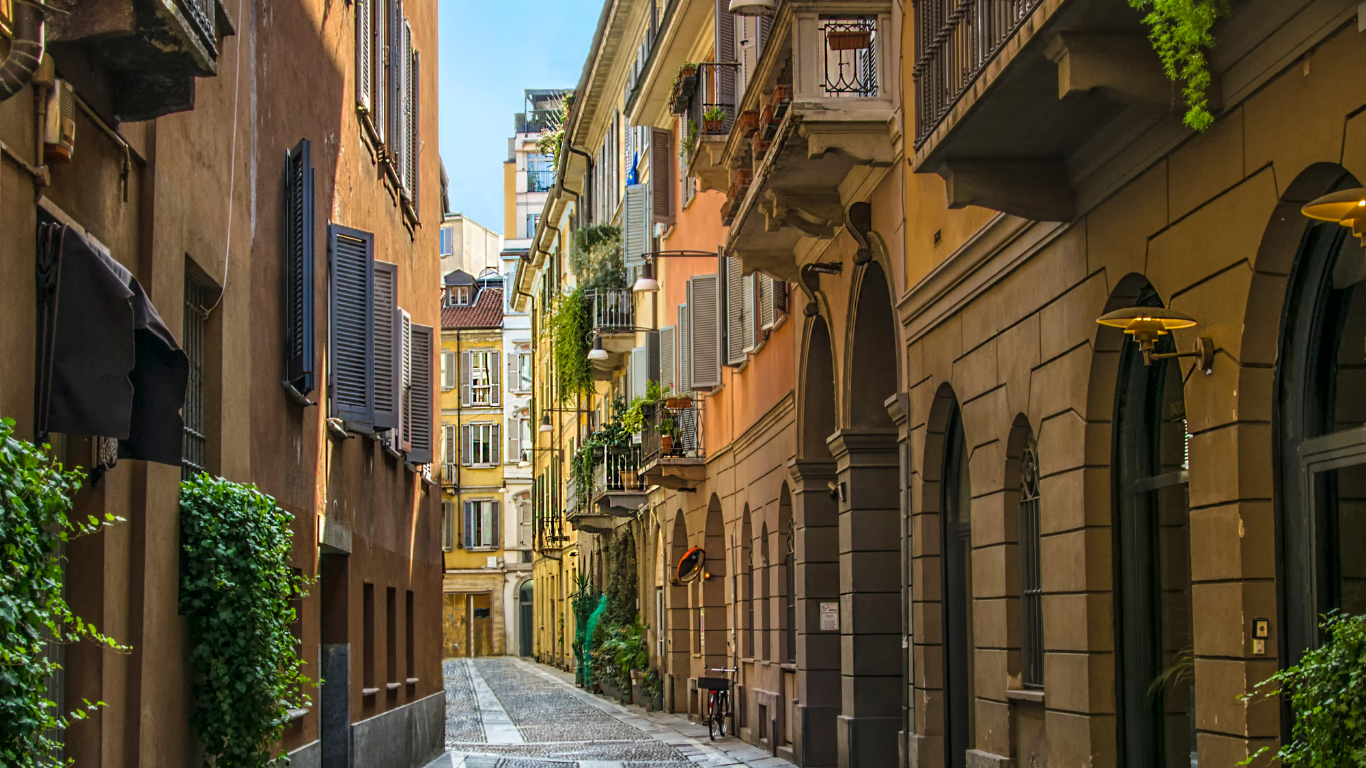
- Why is it exotic? 🤔
Charming streets filled with art, plants, and quiet beauty. - Best time to visit 📅
Late afternoon or golden hour for warm light. - Photography tip 📷
Capture candid street scenes and colorful doorways.
6. Navigli Canals
In and around Milan, there is a network of interconnecting canals known as the Navigli that date back to the Middle Ages. There are five canals in the system; the first three were connected by the Fossa Interna, also called the Inner Ring, via Milan. The north-eastern canals were doomed when the urban portion of the Naviglio Martesana and the entire Inner Ring were covered over at the start of the 1930s. The canal region of Milan is teeming with bridges, reflections, and a vibrant nightlife.
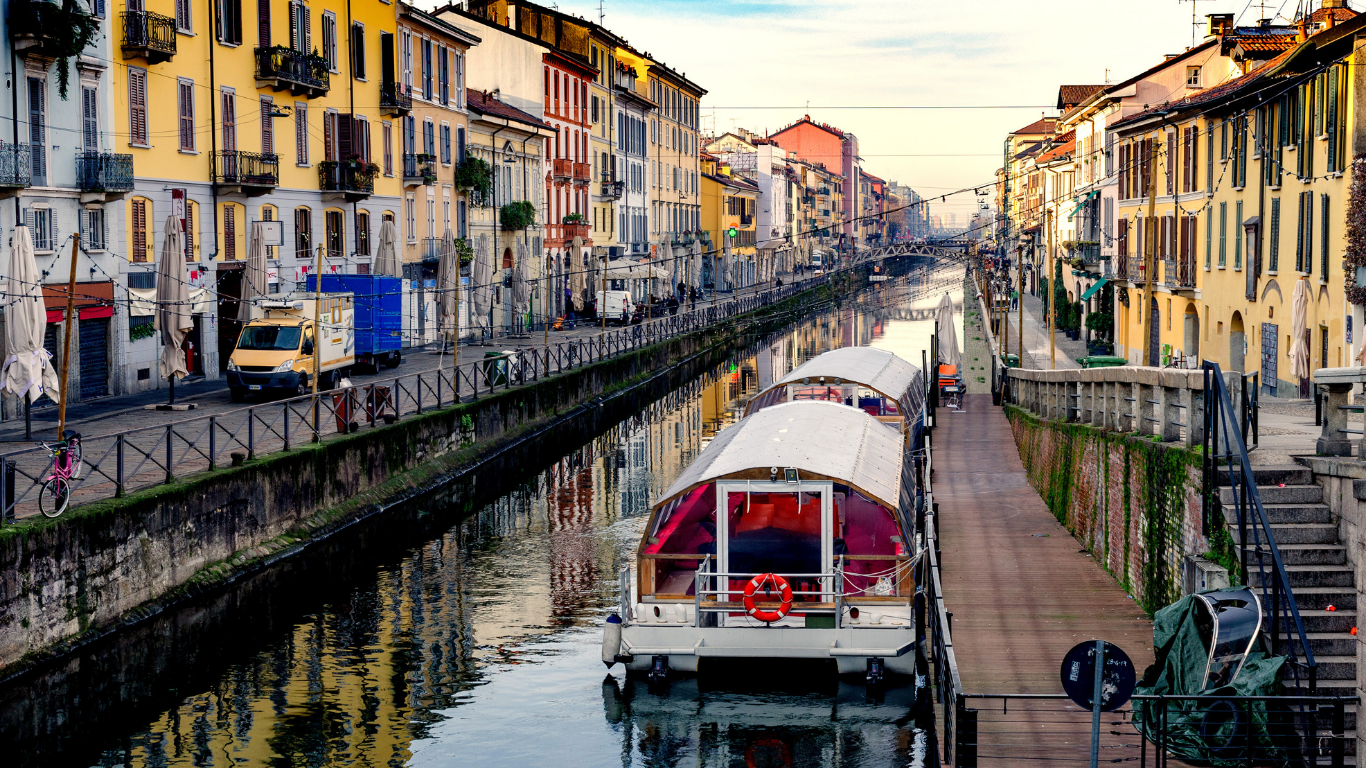
- Why is it exotic? 🤔
Romantic canal views with reflections, bridges, and restaurants. - Best time to visit 📅
Just before sunset, when the light hits the water. - Photography tip 📷
Shoot from the bridges to get mirror-like reflections.
7. Piazza Gae Aulenti
Milan has a pedestrian square called Piazza Gae Aulenti. It is situated in Milan's Isola neighborhood, just outside the eastern boundary of the Milan Business Center and in front of the Milan Porta Garibaldi Station entrance. It is elevated and round, with a circumference of 100 meters. It is a contemporary center with futuristic city feelings, fountains, and gleaming buildings.
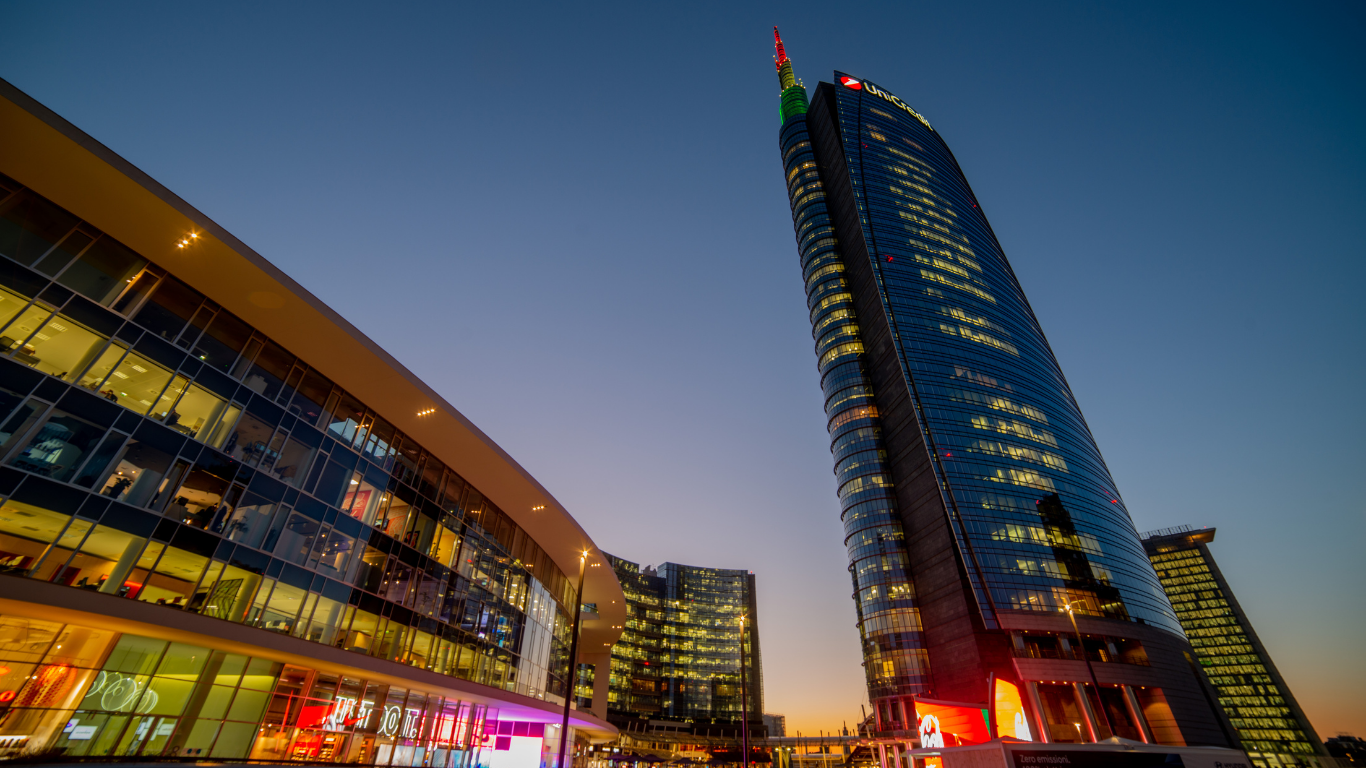
- Why is it exotic? 🤔
Modern and sleek, surrounded by glass towers and fountains. - Best time to visit 📅
Evening, when the lights start to glow. - Photography tip 📷
Play with reflections and geometric patterns in the buildings.
8. Bosco Verticale (Vertical Forest)
Located in the Porta Nuova neighborhood, the Bosco Vertical is a complex of two residential skyscrapers created by Boeri Studio. They are 116 meters and 84 meters high, and there is an 11-story office building inside the complex.
The presence of more than 90 plant species, including towering trees and shrubs, on the façade of the buildings, which were both opened in 2014, is what makes them stand out. Through vertical greening, urban sprawl reduction, and microclimate mitigation, this enormous urban forestry initiative seeks to boost the biodiversity of plant and animal species in the city of Lombard.
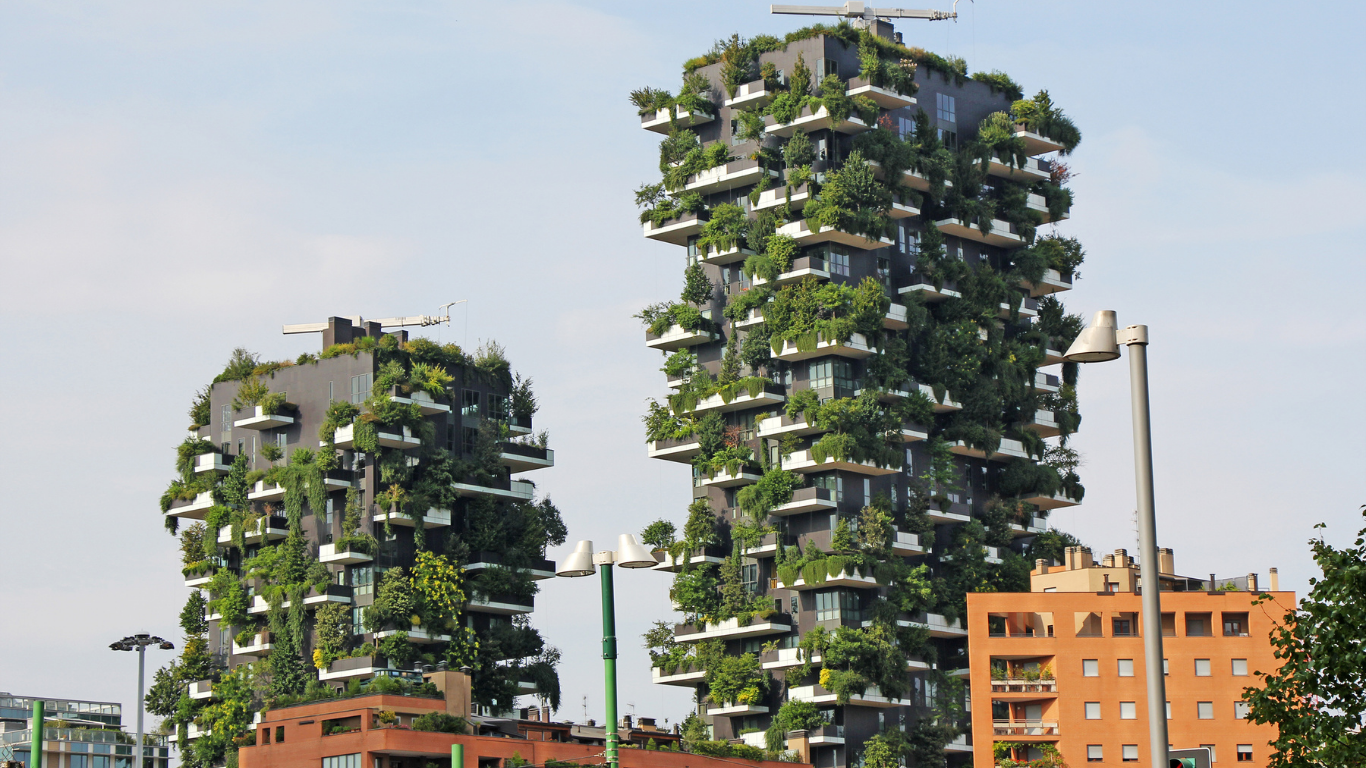
- Why is it exotic? 🤔
Two tall buildings covered in living trees and plants. - Best time to visit 📅
Mid-morning for clear skies and bright greenery. - Photography tip 📷
Shoot from below for a dramatic effect or from a distance to get the full towers.
9. Parco Sempione
Located inside the Zone 1 administrative division, Parco Sempione is a sizable municipal park in the old center that was created by Emilio Alemagna and opened in 1888. Its total area is 38.6 hectares. The oval Arena Civica to the northeast and the Palazzo dell'Arte, which was constructed in 1933 to hold the Fifth Triennale di Milano art and design exposition and is currently a permanent museum, theater, and exhibition hall, are on each side of the perpendicular axis to these two sites. The steel tower-spire Torre Branca, created by Gio Ponti in 1933 as Tower Littoria, is located next to the Palazzo dell'Arte. Open lawns, water features, and city views can be found in this peaceful park behind Sforza Castle.
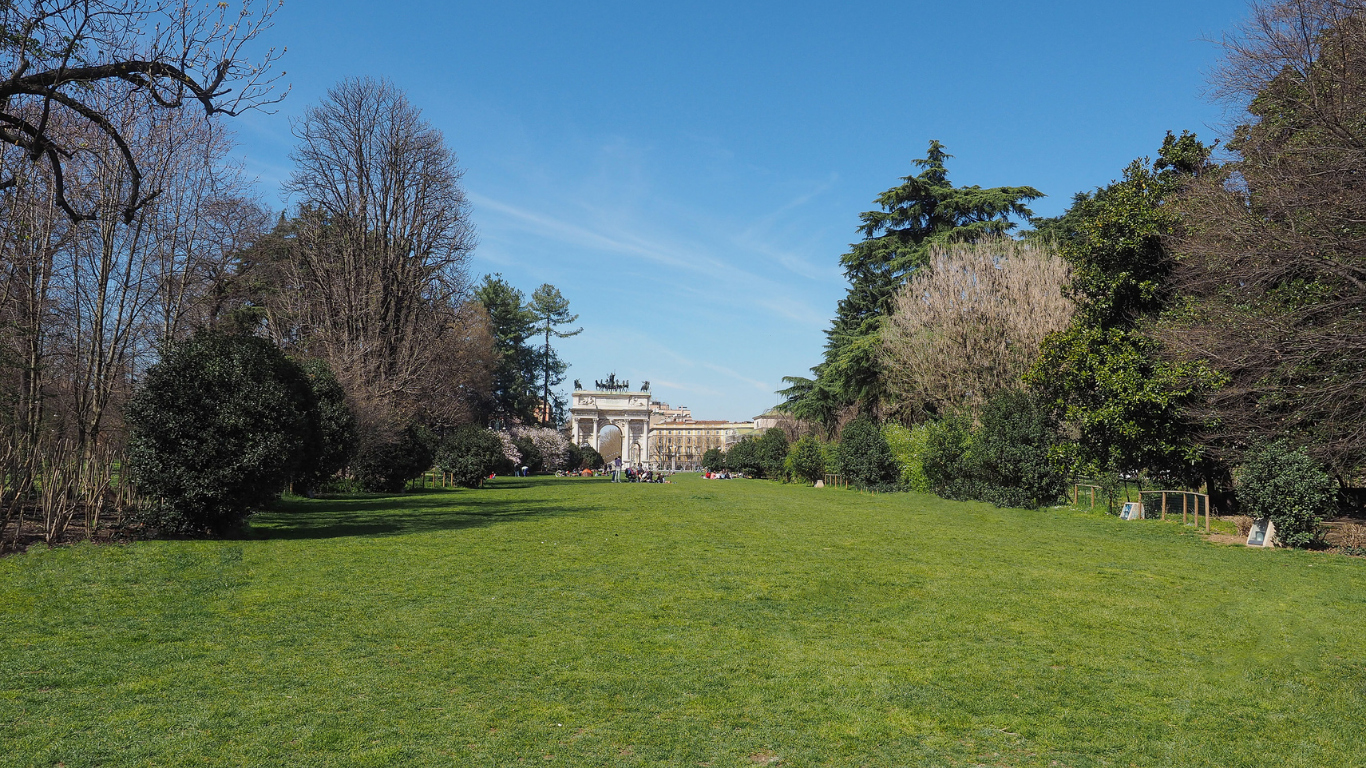
- Why is it exotic? 🤔
A green escape in the city with ponds, bridges, and views of the castle. - Best time to visit 📅
Morning or early evening for soft natural light. - Photography tip 📷
Use the castle or Arco della Pace as a background in your park shots.
10. Arco della Pace (Arch of Peace)
The term Porta Sempione refers to both the actual gate and the neighborhood (quartiere), which is a section of Zone 1, which includes the main Corso Sempione boulevard. The Arco della Pace ("Arch of Peace"), a famous triumphal arch that dates to the 19th century, marks the gate; however, its roots can be found in a gate of Milan's Roman defenses. An exquisite neoclassical arch that is particularly spectacular at night or sunset.
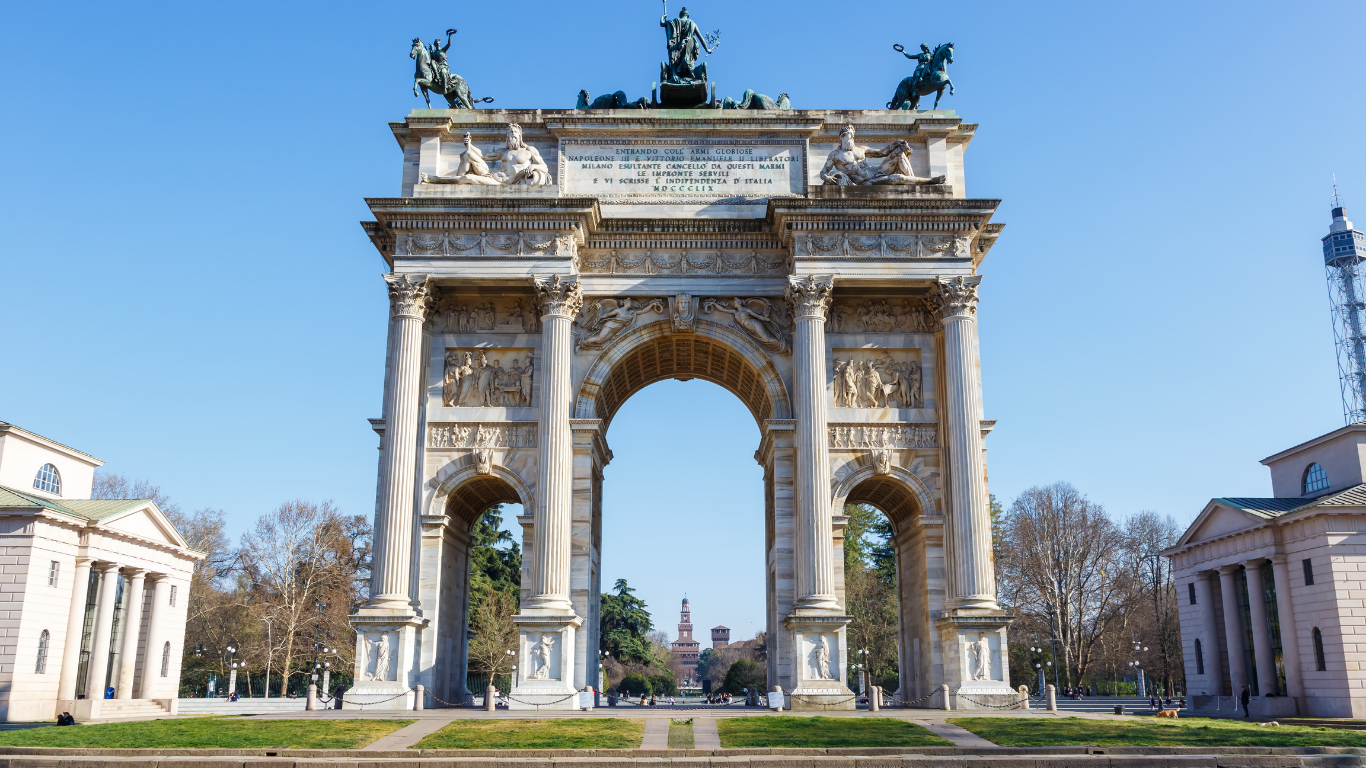
- Why is it exotic? 🤔
A triumphal arch with statues and carvings, great at sunset. - Best time to visit 📅
Golden hour or after dark, when it's lit. - Photography tip 📷
Stand centered for symmetry or shoot from the side for depth.
Final Thoughts
These are the top photography spots you won't want to miss in Milan. However, there is much more to see and enjoy, as the city offers endless photo opportunities. Take a walk and explore more, and make both your day and your photos amazing. Hopefully, this guide will help you capture your best moments in Milan.
Ready to explore?
Don’t forget to bring extra storage, as you’ll be taking a lot of photos.
Check Out Our Blog
.jpg)
Where to Take the Best Photos in Baku? Our 10 Must-See Spots

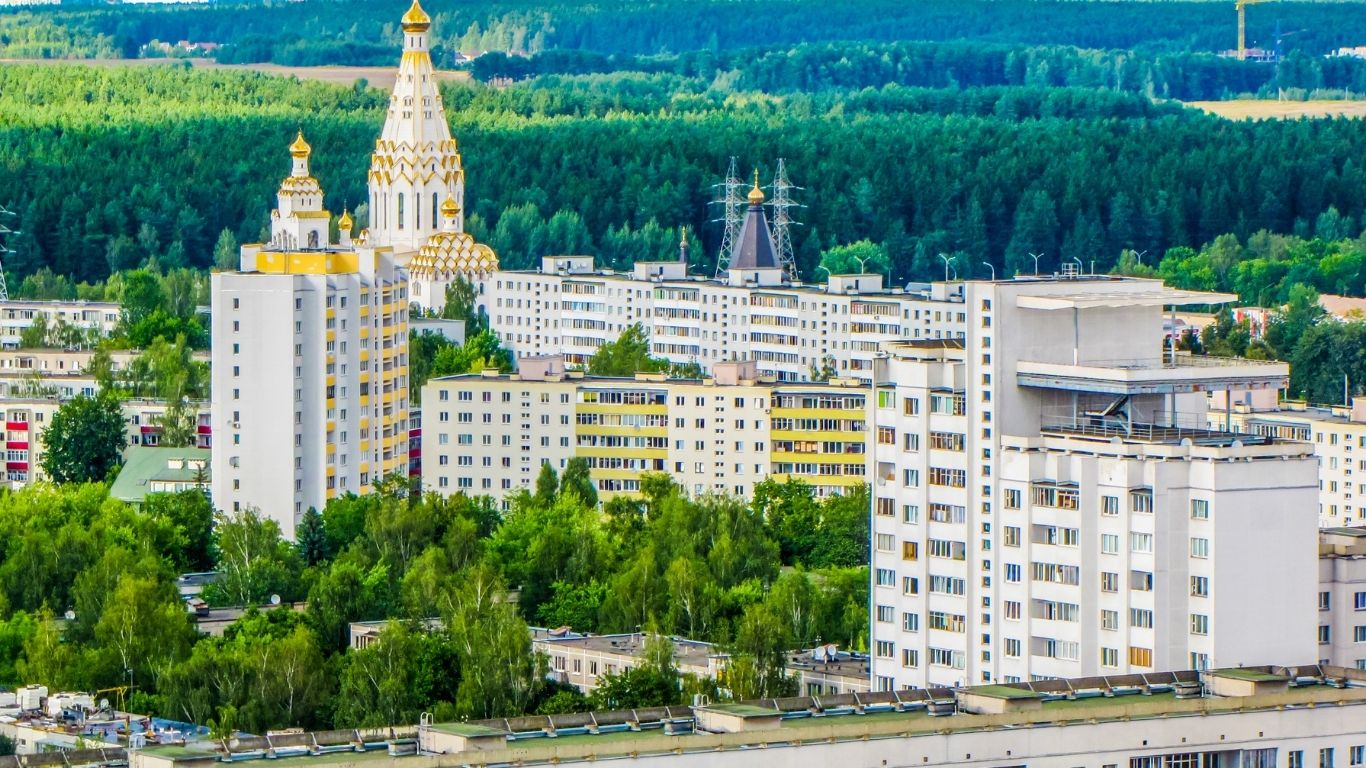
Where to Take the Best Photos in Minsk? Our 10 Must-See Spots

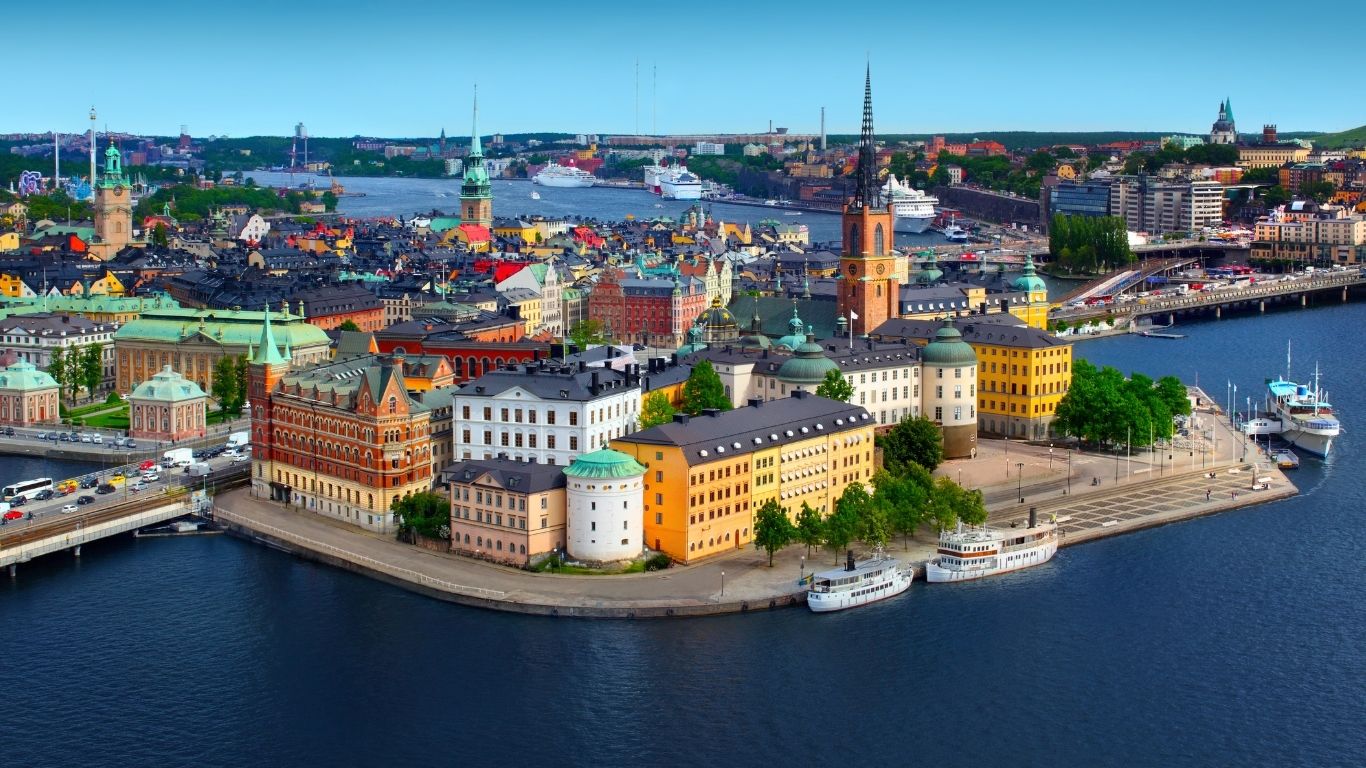
Where to Take the Best Photos in Stockholm? Our 10 Must-See Spots







